AC Joint Injuries: Causes and Treatments
AC Joint Injuries: Causes and Treatments
Published: July 8, 2021
An Acromioclavicular(AC) joint injury, also known as AC separation, is a common injury that occurs in physically active people. Great research suggests that AC injury accounts for over forty percent of all shoulder injuries. In addition, AC injuries may take the form of mild injuries and severe injuries. Mild injuries are not associated with any significant morbidity. On the other hand, severe injuries can affect your shoulder function and are often accompanied by severe pain.
That being said, here is a brief elucidation of what you need to know about AC injuries.
The Anatomy
The AC joint is where the two bones of the pectoral girdle: the clavicle and scapula, articulate. In other words, it is where the shoulder blade connects to the collar bone at the top of the shoulder.
The purpose of the joint is to enable the pectoral girdle to follow the shoulder joint’s movements. In the same token, it permits the transmission of forces from the upper limb to the clavicle. Put briefly, the AC joint is vital in shoulder control, motion and strength.
What Causes AC Joint Injuries
Your Ac joint can be affected once the capsule and ligaments-the structures that stabilize it- are damaged. This mainly occurs after :
- a sudden fall onto your shoulder.
- You outstretch your arm
- A hit on the tip of your shoulder
- A fall or a tackle during a game
As a result, you may have shoulder separation.
Also, weight lifters and laborers can practically attain an AC joint injury. This is because those particular activities slowly and steadily cause wear and tear of the AC joint. In fact, arthritis may develop in the AC, which may result in severe pain.
What are the Risk Factors?
There are multiple risk factors that may lead to an AC joint injury. Such factors include:
- Participating in high-risk activities where you may fall- skiing, ice skating.
- Working in physically demanding jobs.
- Participating in contact sports exposes your shoulder to injury.
What are the Types of AC Joint Injuries?
An AC joint injury may be classified depending on how much you tear your AC joint. Some of the types of AC joint injuries include:
Type I: occurs where the AC joint becomes slightly injured. Therefore, there is no damage to the CC ligament.
Type II: In this case, the AC joint is completely torn. However, there may be minimal or no tear on the CC ligament.
Type II: This type of injury is characterized by a torn AC and CC ligament. This means that the structures that stabilize the AC joint are damaged completely. Therefore, shoulder functioning may be difficult.
What are the Symptoms?
The following symptoms often characterize a shoulder separation:
- Pain in the AC joint
- Swelling
- Limited motion in the shoulder and shoulder tightness
- A noticeable bump
- Bruising
Diagnosis
To test for AC injury, your doctor will begin by looking for symptoms. This is done by checking your blood flow, muscle strength, and signs of a broken shoulder.
In addition to this, your physician may take an x-ray to determine the severity of the damage.
How is an AC Injury Treated?
Treatment of an AC injury primarily envisions pain management which allows the torn ligaments to heal.
That being said, the primary treatment for AC joint injuries includes :
- Physical therapy
- rest
- activity modification.
Also, your physician may recommend medication . This includes taking NSAIDs such as ibuprofen or naproxen, which help relieve pain.
If your joint is very unstable, then a surgical repair may be necessary to improve stability. This is important where the patient doesn’t respond to non-operative treatment.
What Next?
If you fall onto your shoulder and experience pain and decreased motion, then it is imperative that you consult a physician. An AC injury may affect your lifestyle. Therefore, taking the first step towards pain management is an imperative undertaking.
Contact Texas Pain Experts to help you with pain management.

